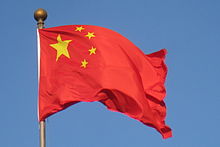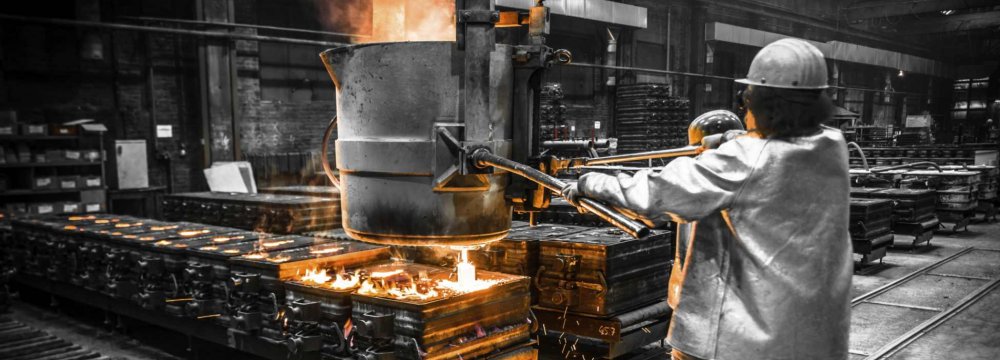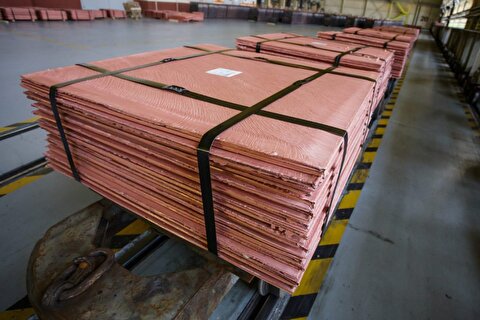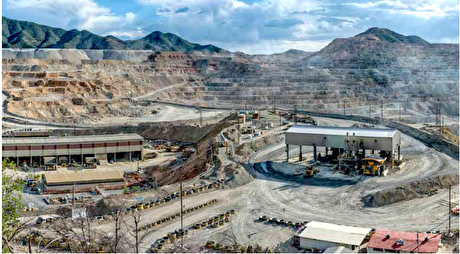
China Fails to Cut Steel Output

A study commissioned by Greenpeace has found out that China massively expanded its steelmaking capacities last year, despite pledging to cut output amid a steel glut that has led to a global crisis in the industry.
Environmental organization Greenpeace released a study on Monday claiming that China increased its net operating steelmaking capacity by 36.5 million tons in 2016—more than twice the annual output of Britain's steel industry, DW reported.
Eighty percent of this increase occurred in three provinces bordering Beijing, causing air pollution to spike in the capital at the end of the year and early 2017, the study carried out by steel consultancy Custeel added.
The report also acknowledged that the Asian powerhouse cut some of its overcapacity last year, but this was more than offset by the opening of new factories or restarting of idle plants.
"Impressive as they (the cuts) seem, China's current steel capacity reduction targets won't suffice to limit oversupply, as local governments maneuver to shield zombie steel mills and minimize the impact of the policies," said Lauri Myllyvirta, Greenpeace global coal campaigner.
A year ago, China’s State Council announced plans to close 100 million-150 million tons of steel capacity and strictly prohibit the expansion of crude steelmaking capacity during the next five years. In October, the National Development and Reform Council, China’s state planner, announced it had already met 2016 targets for cutting steel capacity—despite a surge in prices last spring that returned many mills to profitability.

Empty Promises
China makes more than half the world's steel, but a slowdown in its economy and sagging global demand has left the industry with massive excess capacity. The country has been accused of dumping its production on world markets, depressing prices further and violating international trade agreements.
In 2016, Chinese authorities vowed to tackle the industry's glut problem and, indeed, cut 85 million tons of capacity. However, Greenpeace has now found out that 73% of it was already "idle, or non-operating," while only 23 million tons of cut capacity was operating.
The report also said that the increase in China's operating capacity correlated with a 3% uptick in the country's steel output in the second half of last year.
"Global markets are awash with steel and the people of northern China continue to choke on the industry's major byproduct, smog. Increasing steel capacity makes neither economic nor environmental sense," said Myllyvirta.
The Greenpeace official called on China's communist leaders to revise its cut targets to ensure "genuine reductions in operating capacity." Cutting already idle capacity was not enough "to win the battle to tame the steel industry and the central government's much-touted ‘war on air pollution'," said Myllyvirta.
For the report, Custeel mapped changes in operating capacity in 2016 from government and company documents, and from industry surveys carried out by the consultancy.
China Still Deserves Credit
Meanwhile, overproduction of the metal—China is the world’s largest producer by far—has led to a surge in anti-dumping accusations from importing countries that claim their domestic industries have been hurt by a glut cheap Chinese imports. Last year the US imposed a punitive 266% tariff on some steel products from China.
The Custeel research highlights the often contradictory directions of China’s economic reform process. Attempts to shutter uneconomic production are often undone by expansionary economic policies designed to protect jobs and buoy the economy. Last June, then US treasury secretary Jack Lew told Chinese policymakers in Beijing that “excess capacity has a distorting effect and damaging effect on global markets”.
However, analysts said China still deserved credit for making deep capacity cuts, and that adding new capacity at the same time was only to be expected.
“Cutting overall capacity is still an important benchmark,” said Cui Li of CCB International. “Adding some better capacity while shutting down inefficient or polluting capacity should be expected in a growing economy like China.”


Gold price eases after Trump downplays clash with Fed chair Powell

Copper price hits new record as tariff deadline looms

Brazil producers look to halt pig iron output as US tariff threat crimps demand

Chile’s 2025 vote puts mining sector’s future on the line

Gold price could hit $4,000 by year-end, says Fidelity

Three workers rescued after 60 hours trapped in Canada mine

US targets mine waste to boost local critical minerals supply

Glencore workers brace for layoffs on looming Mount Isa shutdown

Energy Fuels surges to 3-year high as it begins heavy rare earth production

Trump tariff surprise triggers implosion of massive copper trade

Maxus expands land holdings at Quarry antimony project in British Columbia

BHP, Vale accused of ‘cheating’ UK law firm out of $1.7 billion in fees

Southern Copper eyes $10.2B Mexico investment pending talks

American Tungsten gets site remediation plan approved for Ima mine in Idaho

Kinross divests entire 12% stake in Yukon-focused White Gold

Gold price could hit $4,000 by year-end, says Fidelity

Southern Copper expects turmoil from US-China trade war to hit copper

Ramaco Resources secures five year permit for Brook rare earth mine in Wyoming

Column: EU’s pledge for $250 billion of US energy imports is delusional

Trump tariff surprise triggers implosion of massive copper trade

Maxus expands land holdings at Quarry antimony project in British Columbia

BHP, Vale accused of ‘cheating’ UK law firm out of $1.7 billion in fees

Southern Copper eyes $10.2B Mexico investment pending talks

American Tungsten gets site remediation plan approved for Ima mine in Idaho

Kinross divests entire 12% stake in Yukon-focused White Gold

Gold price could hit $4,000 by year-end, says Fidelity

Southern Copper expects turmoil from US-China trade war to hit copper

Ramaco Resources secures five year permit for Brook rare earth mine in Wyoming














